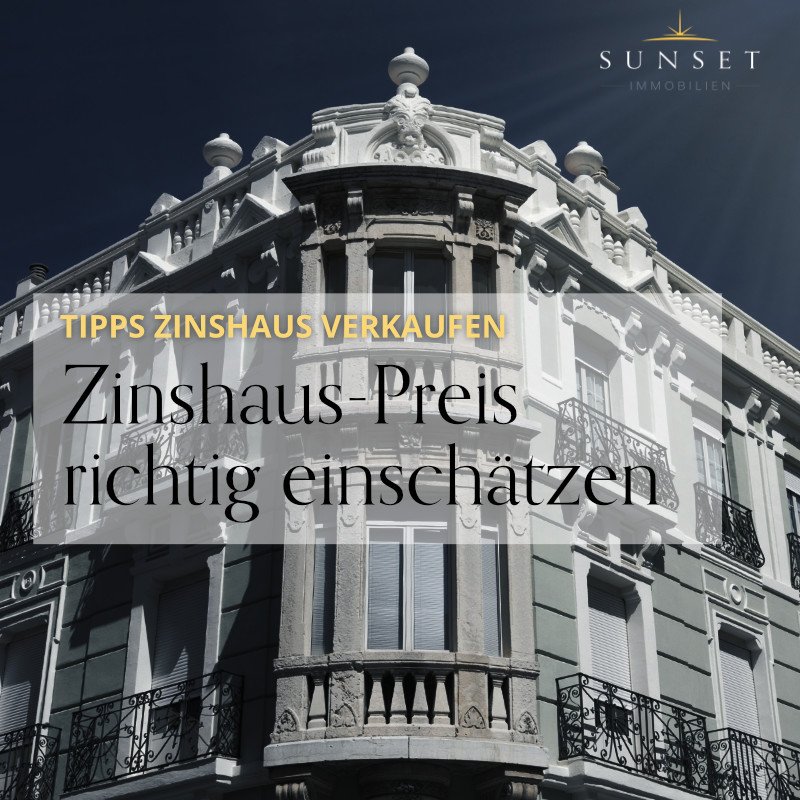History of the Viennese apartment house
Introduction
Read in the following about the historical development and the special characteristics of Vienna's apartment buildings, buildings that have had a significant impact on the city since the Gründerzeit in the 19th and early 20th centuries and continue to do so today. They not only served as drivers of the Viennese building boom of the time, but also represented a safe investment, a characteristic they have retained to the present day.
About the origin
The time of the founders was an era in which the upper middle class experienced its heyday during liberalism. This period was also formative for Vienna's development into a global metropolis. A new type of entrepreneur emerged, halted only briefly by the stock market crash of 1873. This new class of citizens took over many of the functions of the nobility in business and politics. The Gründerzeit is divided into three phases:
the early founding period (ca. 1840-1870)
the high founding period (ca. 1870-1890) and
the late founding period (ca. 1890-1918).
The origin of the apartment houses lies in the rapid population increase triggered by industrialization. There was an extensive rural exodus, including the Jewish population from the provinces of the Habsburg monarchy, who settled in what was then the capital of the empire and the city of residence. Around 1800, about 250,000 people lived in Vienna. Around 1910, Vienna reached its highest level ever, with over two million inhabitants. This considerable increase led to an urgent need for housing in the capital.
An additional factor in the emergence of the apartment houses was the dissolution of traditional social ties within large families and between employers and employees. There was, however, one exception to this rapid population growth: in contrast to the other districts, the population in the inner city declined in the second half of the 19th century. The intensive building activity in the city center had representative reasons and was not aimed at creating living space, as was the case in other parts of Vienna.
This is also reflected in the differences in architecture: while the residential palaces, designed by leading artists of the time, had a sophisticated character, the apartment buildings in the outer districts were rather modest in their architectural design.
Early Founding
From the 1840s, the area around the old suburban barracks experienced a building boom, with residential buildings taking center stage. With the demolition of the city walls, construction began to intensify, which is referred to as the Gründerzeit proper. The originally dominant elongated parcel form was increasingly replaced by more compact, square-looking forms. Residential complexes were then built on these plots along the streets, while elongated plots were used more for side-wing buildings.
Outside the city limits, the building heights were rather limited. The approximately square and elongated floor plans borrowed from suburban building traditions. Nevertheless, the distribution of space inside was subject to considerable change over time. Away from the so-called "householder's floor", residential units consisting of room and kitchen or room, kitchen and a small chamber were created, arranged along an elongated corridor. This optimized the utilization of living space. A special building phenomenon of the early founding period were the "pseudo residential courtyards", which were created by the mirror-symmetrical connection of two side-wing houses on double plots.
Rapid population growth led to the development of large tenements in the suburbs, with buildings of up to four stories being erected from 1850 onward. A striking feature of the tenements from the early Wilhelminian period was their plain and uniform facade, which hardly varied in accordance with the principle of "evenly spaced rows," thus forming contiguous, almost unstressed street walls.
High Founder's Era
The high founding period, which lasted from 1870 to 1890, marked a striking stylistic change: inspired by the new monumental public buildings along the Ringstrasse - including museums, the parliament, the city hall and the university - private builders adopted forms of state representation. Although the buildings remained relatively uniform in design and organization internally, great attention was paid to outwardly individual design.
Most of the historic bank and stock exchange buildings in Vienna were built from the beginning of the 20th century, and the design of the shopping streets experienced its zenith in late historicism. Typical stylistic features were the pronounced articulation of the building bodies, sculptural decoration and the connection of several floors by protruding columns on the facade. Although the wide range of industrial mass-produced products offered many design possibilities for facade elements, the extensive repetition of similar elements led to a certain monotony in the streetscapes. The facade ornamentation, which was often criticized at the time, represents a typical Viennese phenomenon - nowhere else in Europe were they executed so magnificently, even on simple residential buildings.
Despite the formative role of Art Nouveau for Vienna in other areas, it was not quite as significant for residential construction. It was seen more as a style of the avant-garde, of the progressive bourgeoisie and of public urban buildings.
The architecture of this era was determined by two aspects: Representation on the one hand and the most profitable use of expensive building land on the other. Monumental buildings with facades in the style of the Italian High Renaissance illustrated an "ennoblement" of the tenement house into a residential palace. At the same time, the typical Viennese villas of the Gründerzeit were built in the more distinguished suburbs. In contrast, the building codes of 1870 and 1883 allowed the construction of buildings with five stories including first floor and mezzanine and a maximum height of 25 meters, provided the street width permitted this.
Late Founding Period
During the second urban expansion around 1890, the so-called "belt" was laid out in Vienna and the integration of the suburbs into the urban fabric continued. A significant increase in land prices accelerated the use of available space, which, however, was often associated with a decrease in the quality of living. The reduction of staircases led to the creation of overlong corridors, and the area of the main courtyards decreased in favor of several small atria to locate ancillary spaces, such as cabinets and toilets.
The priority was to maximize the use of the land. The 1895 building code allowed for a reduction in yard size to 15 percent, which essentially meant that almost the entire lot could be built on. Small atriums and ventilation shafts had to be sufficient to provide daylight and fresh air to the interior cabinets and ancillary rooms. Inside the buildings, status distinctions diminished: The social significance of floors was offset by the introduction of elevators in upscale tenements; the importance of an apartment's location within the building also became less relevant.
A distinctive feature of the late Wilhelminian period was the double tract, which could also be coupled several times in the case of deep plots. In the suburbs, the street tract was the most common type of tenement, while in the inner districts a new type of building emerged: the street courtyard with a recessed central section - a later variation of the Baroque courtyard of honor. Old German forms were soon joined by domestic Baroque, which accommodated the desire for more ostentation. An increasing tendency toward verticality, asymmetry, and top-heaviness characterized this era, in which the Art Nouveau style that unfolded around the turn of the century merged with late historicism to produce often original creations.
Apartment house as an investment?
The fascinating history and enduring popularity of apartment buildings have hopefully captivated you as much as they have us. These architectural testaments to the past, which also represent modern investment opportunities, deserve to be discovered with renewed enthusiasm. If you are now attracted by the unique combination of cultural heritage and lucrative investment, we invite you to visit our website. There you will find an extensive selection of charming apartment buildings for sale. Immerse yourself in the world of Viennese real estate and discover the many opportunities offered by the purchase of an apartment house.











